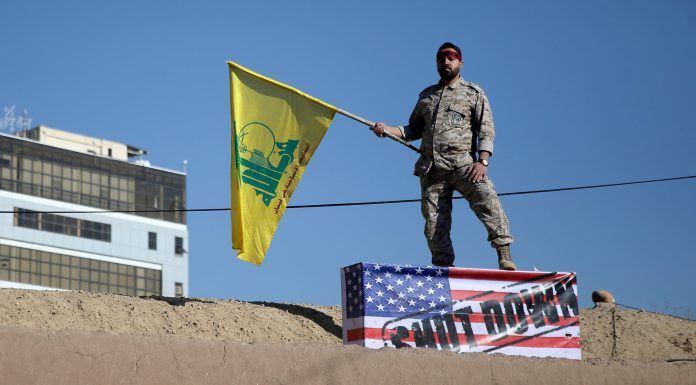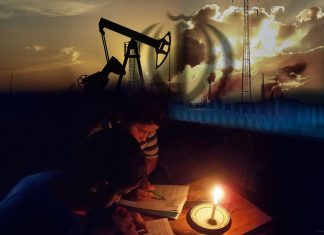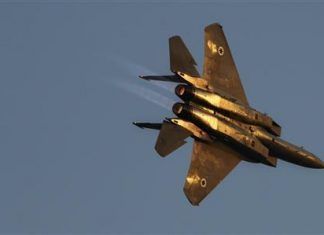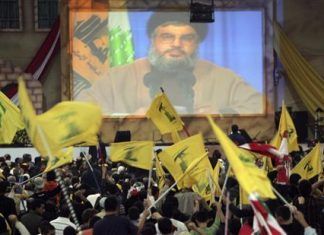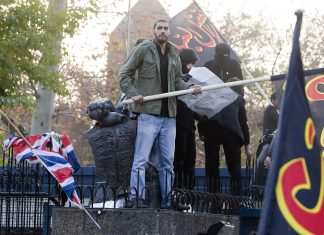By Kayhan Life Staff
President Ebrahim Raisi’s defense minister-designate, Brigadier General Mohammad Reza Ashtiani, appeared in front of the Majlis’ (Iranian Parliament) National Security and Foreign Policy Committee on Aug. 16 to speak about his four-year plan for the Islamic Republic Ministry of Defense and Armed Forces Logistics.
General Ashtiani told Majlis deputies that one of his priorities was “to maintain and increase the Islamic Republic’s defense superiority in the region by developing its missile, air defense, unmanned aerial vehicle (UAV), cyber and modern warfare capabilities.”
General Ashtiani added that strengthening the Axis of Resistance — an alliance between Iran, Lebanese Hezbollah, and the Syrian government of President Bashar al-Assad –as well as supporting the Islamic Republic’s allies in Latin America and Africa and boosting the country’s defense capabilities to “battle industrial espionage and sabotage” were part of the ministry’s four-year plan.
Ashtiani’s priorities for the Defense Ministry align with Mr. Raisi’s policies, which have always been part of the state’s broader agenda, but the defense minister-designate has openly stressed the need to “battle industrial espionage and sabotage.”
In his previous post as the head of Iran’s Judiciary, Mr. Raisi repeatedly called for more significant support for the Axis of Resistance, the Syrian regime, Lebanese Hezbollah, and the Popular Mobilization Forces (PMF).
The PMF is an Iraqi state-sponsored umbrella organization of 40 militia groups, primarily Shia Muslim, but also including Sunni Muslim, Christian, and Yazidi groups.
While former Foreign Minister Mohammad Javad Zarif famously described himself as a “representative of the state,” political insiders have dubbed President Raisi’s Foreign Minister-designate Hossein Amir-Abdollahian as a “resistance diplomat.” Mr. Abdollahian has been a staunch supporter of the country’s missile program and regional activities — policies aimed at extracting concessions from the West.
After his inauguration, President Raisi’s first official meeting was with the leaders and senior officials of the Axis of Resistance and Iranian-backed militias.
An opinion piece in the Aug. 16 of The Wall Street Journal titled “Iran Goes on the Offensive as the U.S. Retreats from Afghanistan and Elsewhere,” said: “The Taliban’s seizure of power in Afghanistan, while swift and dramatic, is neither the first nor the only challenge to the U.S. and its allies taking place in and around the region. Iran is mounting another, no less significant push. Behind both offensives is the perception that the regional order is failing and the U.S. is retreating.”
“The factor underlying the Mideast violence earlier this summer seems clear: Iran is trying to assert power across several fronts,” the paper noted. “It is wielding a variety of assets, proxies, and franchises against the full range of enemies it perceives in the region.”
“Part of the escalation was last month’s fatal drone attack on the commercial vessel Mercer Street in the Gulf of Oman, a Liberian-flagged oil tanker belonging to Zodiac Maritime, a London-based firm owned by Israeli shipping magnate Eyal Ofer,” the paper added. “Responsibility for the attack ‘clearly points to Iran,’ according to a statement by the Group of Seven on Aug. 6.”
ANALYSIS: Afghanistan Will Be the New Base of Operation for Iran and IRGC
In a meeting with the chairperson of the PMF, Falih Al-Fayyadh, on Aug. 8, the commander of the Islamic Revolutionary Guards Corps (IRGC), Major General Hossein Salami, said: “America’s demise in Iraq has begun, and we, in the Axis of Resistance, stand with you in this epic battle.”
In his meeting with the Deputy Secretary-General of Hezbollah Naim Ghasem, a day earlier, General Salami had said: “The capacity to destroy the Zionist regime exists. It will have to leave the occupied territories once Hezbollah goes into action.”
Experience has, however, shown that Iran cannot carry out any of these empty threats, given that it has suffered several significant and embarrassing intelligence and security failures in recent years.
There have been a series of successful cyber and military attacks on the Islamic Republic’s strategic sites and industrial complexes in recent years.
They include the theft of Iran’s sensitive nuclear archives, exposing its secret nuclear installations, detecting traces of uranium in some locations, and discovering suspicious activities at the Sanjarian nuclear site.
There have also been drone attacks on factories manufacturing centrifuges in Karaj, explosions at Parchin Military Complex and Natanz Nuclear Facility, and suspicious fires at several oil refineries and petrochemical facilities.
Several senior Iranian military officials have been assassinated in the last few years, including Iran’s top nuclear scientist Mohsen Fakhrizadeh, the former commander of the IRGC’s Qods Force Lieutenant General Ghasem Soleimani, and several senior IRGC commanders in Syria and Iraq.
After the explosions at the petrochemical plants in June 2020, Ebrahim Raisi said: “We must address these failures retrospectively; otherwise, we will witness more fires, explosions, and damages.”
In an interview with the Mehr News Agency in April, Mohsen Rezaei, the secretary of the Expediency Council and former commander of the IRGC forces, spoke about the theft of top-secret strategic documents, an explosion at Natanz, suspicious flights of micro-drones, and theft of nuclear archives. Mr. Rezaei also admitted that the state faced “chronic security lapses,” urging the new government to “cleanse” security agencies.
Mahmoud Abbaszadeh, the spokesperson for the National Security and Foreign Policy of the Majlis, said that the principal duty of the defense minister nominee was to maintain the Islamic Republic’s “military superiority” in the region.
“We penetrated the heart of hearts of the enemy Iran,” former Mossad chief Yossi Cohen said on June 1. “We acted to constantly gather intelligence and uncover its secrets and undermined its self-confidence and haughtiness.”

